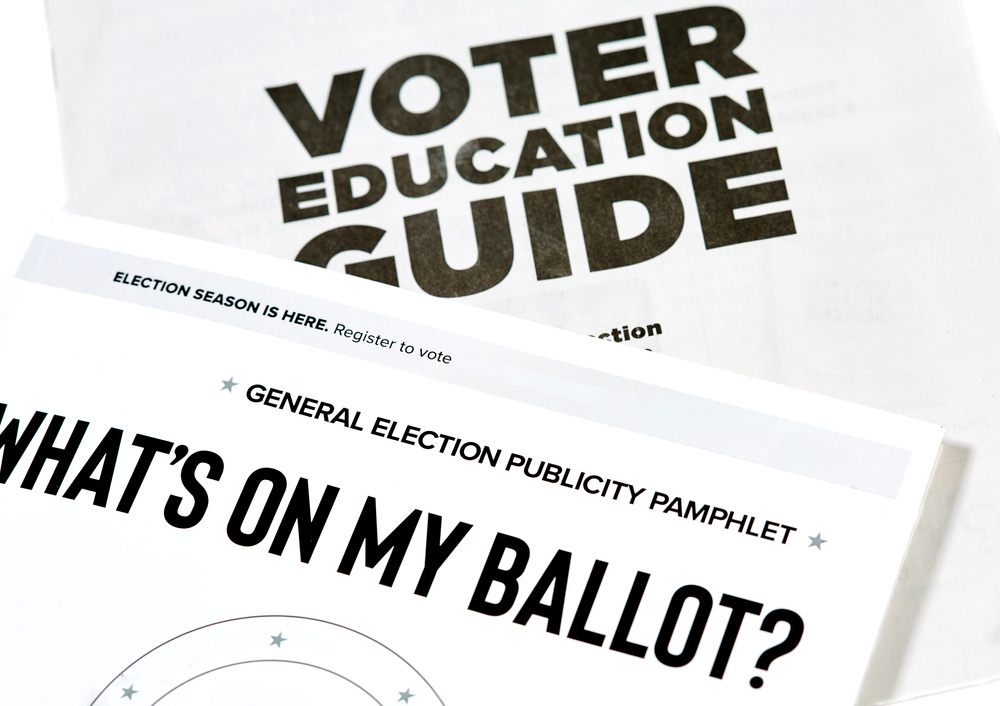Voting has already started in the 2024 general election, with Americans deciding who will take office as the next president, as well as casting votes for federal, state, and local officials.
Many are expected to turn out at the polls on Election Day, Tuesday, November 5. However, an increasing number of voters have already cast ballots, either at early voting sites or through absentee and mail-in voting available in many states.
The United States Postal Service has advised that voters using mail-in ballots should aim to send them by October 29 to ensure they arrive at local election offices in time. Each state has different rules about when ballots must be received to count, so checking your state’s specific guidelines is essential. The USPS has also stated it’s taking additional steps to help ensure timely delivery for ballots.
Interest in this election cycle is running high, with Kamala Harris on the Democratic ticket and Donald Trump as the Republican candidate, reflecting a heated contest. Voter guides are available to help citizens navigate the specific requirements in each state, covering details from absentee voting eligibility to what forms of ID may be needed at polling locations.
With recent changes in voting laws since 2020, voters in some states now have expanded options, including mail-in voting, same-day registration, or alternatives that make voting more accessible. Other states have restricted voting regulations, adding to the need for up-to-date information on local requirements. Some last-minute adjustments have also been made due to recent natural events, like hurricanes, affecting polling and mail-in systems.
For those who may require additional assistance, including people with disabilities or residents of nursing homes or long-term care facilities, many states provide accommodations to facilitate voting. These measures ensure that all eligible voters have the opportunity to participate in the election.


